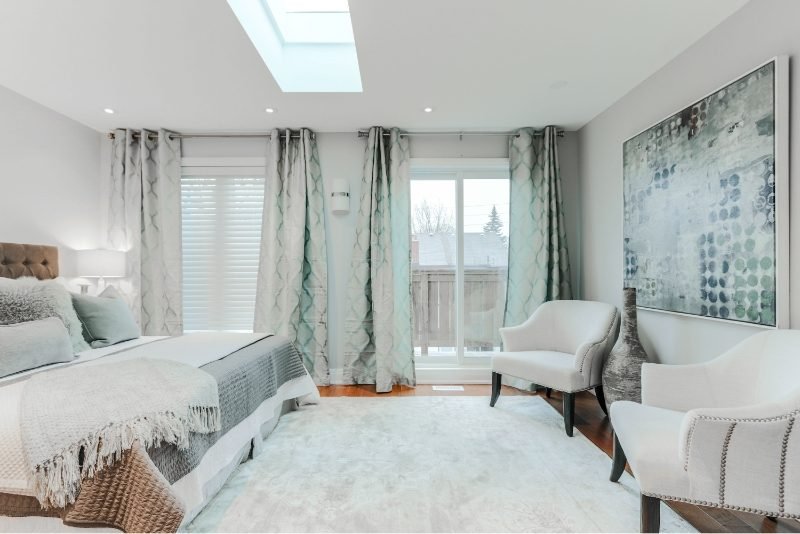
Architecture and art have always shared a symbiotic relationship, with each discipline influencing and enriching the other. Architectural designs often incorporate artistic elements to enhance aesthetic appeal and convey cultural significance. This blog explores the intersection of architecture and art, highlighting iconic examples where these two fields merge seamlessly.
Ancient structures, such as the Parthenon in Greece and the temples of Angkor Wat in Cambodia, are prime examples of architecture infused with artistic expression. These buildings feature intricate sculptures, reliefs, and paintings that tell stories and reflect cultural beliefs.
During the Renaissance, architects like Michelangelo and Leonardo da Vinci blurred the lines between architecture and art. The frescoes of the Sistine Chapel and the harmonious design of St. Peter’s Basilica in Rome showcase the integration of artistic and architectural genius.
Designed by Frank Lloyd Wright, the Guggenheim Museum in New York City is a masterpiece of modern architecture that doubles as a work of art. Its spiraling form and innovative use of space provide a unique setting for displaying art, creating a harmonious experience for visitors.
The Guggenheim Museum Bilbao, designed by Frank Gehry, is an iconic example of how architecture can transform a city’s cultural and economic landscape. The museum’s sculptural design has become a symbol of Bilbao’s regeneration, attracting tourists and revitalizing the local economy.
Public art installations, such as murals and sculptures, enhance the visual appeal of buildings and public spaces. Projects like the Wynwood Walls in Miami showcase how art can transform urban areas, making them more vibrant and engaging.
Functional art integrates artistic elements into everyday objects and structures. Examples include artistically designed benches, streetlights, and bridges that serve practical purposes while enriching the urban environment.
Advancements in technology have opened new avenues for integrating art and architecture. Digital art projections on building facades, like those seen during the Sydney Opera House’s Vivid Festival, create dynamic, ever-changing canvases that captivate audiences.
Interactive art installations invite public engagement, blurring the boundaries between the viewer and the artwork. These installations often incorporate architectural elements, creating immersive experiences that transform spaces.
The intersection of architecture and art continues to inspire and captivate, enriching our built environment with beauty, meaning, and cultural significance. As both fields evolve, the collaboration between architects and artists will remain a vital force in shaping our cities and communities.




There are many variations of passages of Lorem Ipsum available majority have suffered alteration some .